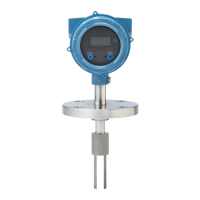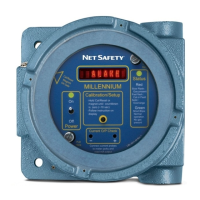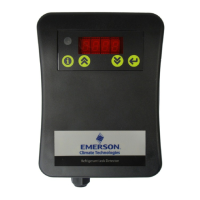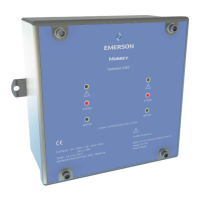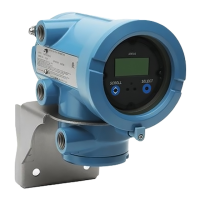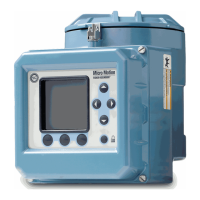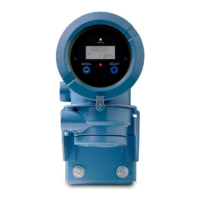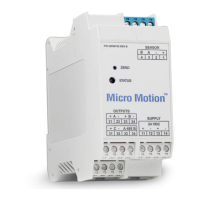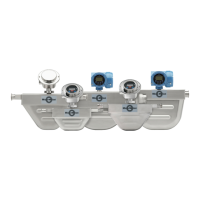42 Micro Motion
®
Model D and DT Sensors Instruction Manual
Troubleshooting continued
Zero drift
Symptom
The flowmeter indicates the process fluid is flowing while flow is
stopped; or indicates a flow rate that does not agree with a reference
rate at low flow, but does agree at higher flow rates.
Troubleshooting instructions
To troubleshoot zero drift, you will need one of the communications
devices listed on page 46 or a transmitter with a display. Refer to the
table below for the necessary steps to troubleshoot zero drift.
Table 1. Troubleshooting zero drift
Procedure Instructions What to do next
1. Check for leaking valves and seals • If no leaks are found, go to step 2
• If leaks are found, eliminate them, then go to step 15
2. Check the flow units See page 46 • If the flow units are OK, go to step 3
• If the flow units are wrong, change them, then go to step 15
3. Make sure the flowmeter was
zeroed properly
See page 39 • If the flowmeter was zeroed properly, go to step 4
• If the flowmeter was not zeroed properly, zero it, then go
to step 15
4. Check for the proper flow
calibration factor
See page 49 • If the flow cal factor is correct, go to step 5
• If the flow cal factor is incorrect, change it, then go to step 15
5. Check the damping value See page 50 • If the damping value is OK, go to step 6
• If the damping value is too low, change it, then go to step 15
6. Check for two-phase flow See page 53 • If there is no two-phase flow, go to step 7
• If there is two-phase flow, fix the problem, then go to step 15
7. Check for moisture in the sensor
junction box
See page 52 • If there is no moisture present, go to step 8
• If there is moisture in the junction box, dry out and seal the
junction box, then go to step 15
8. Check for faulty or improperly
installed flowmeter wiring
See page 47 • If the wiring is OK, go to step 9
• If the wiring is faulty, fix or replace it, then go to step 15
9. Check for faulty or improperly
installed grounding
See page 51 • If the grounding is OK, go to step 10
• If the grounding is incorrect or faulty, fix it, then go to step 15
10. Check for mounting stress on the
sensor
See page 53 • If the sensor mount is OK, go to step 11
• If there are mounting stresses, fix it, then go to step 15
11. Check for vibration or crosstalk See page 53 • If there is no vibration or crosstalk, go to step 12
• If there is vibration or crosstalk, eliminate it, then go to
step 15
12. Make sure the sensor is oriented
properly
See page 13 • If the sensor is oriented properly, go to step 13
• If the sensor is not oriented properly, change the orientation,
then go to step 15
13. Check for plugging or build-up on
the sensor flow tubes
See page 54 • If the tubes are not plugged, go to step 14
• If there is plugging or build-up, clear the tubes, then go to
step 15
14. Check for RF interference See page 51 • If there is no interference, or the source cannot be detected,
go to step 16
• If there is interference, eliminate it, then go to step 15
15. Check again for zero drift • If there is no longer any zero drift, you’ve solved the problem
• If the zero drifts again, start over at step 3 or go to step 16
16. Contact Micro Motion Phone numbers are
listed on page 41
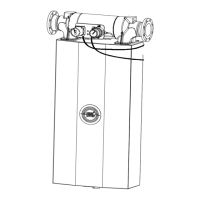
